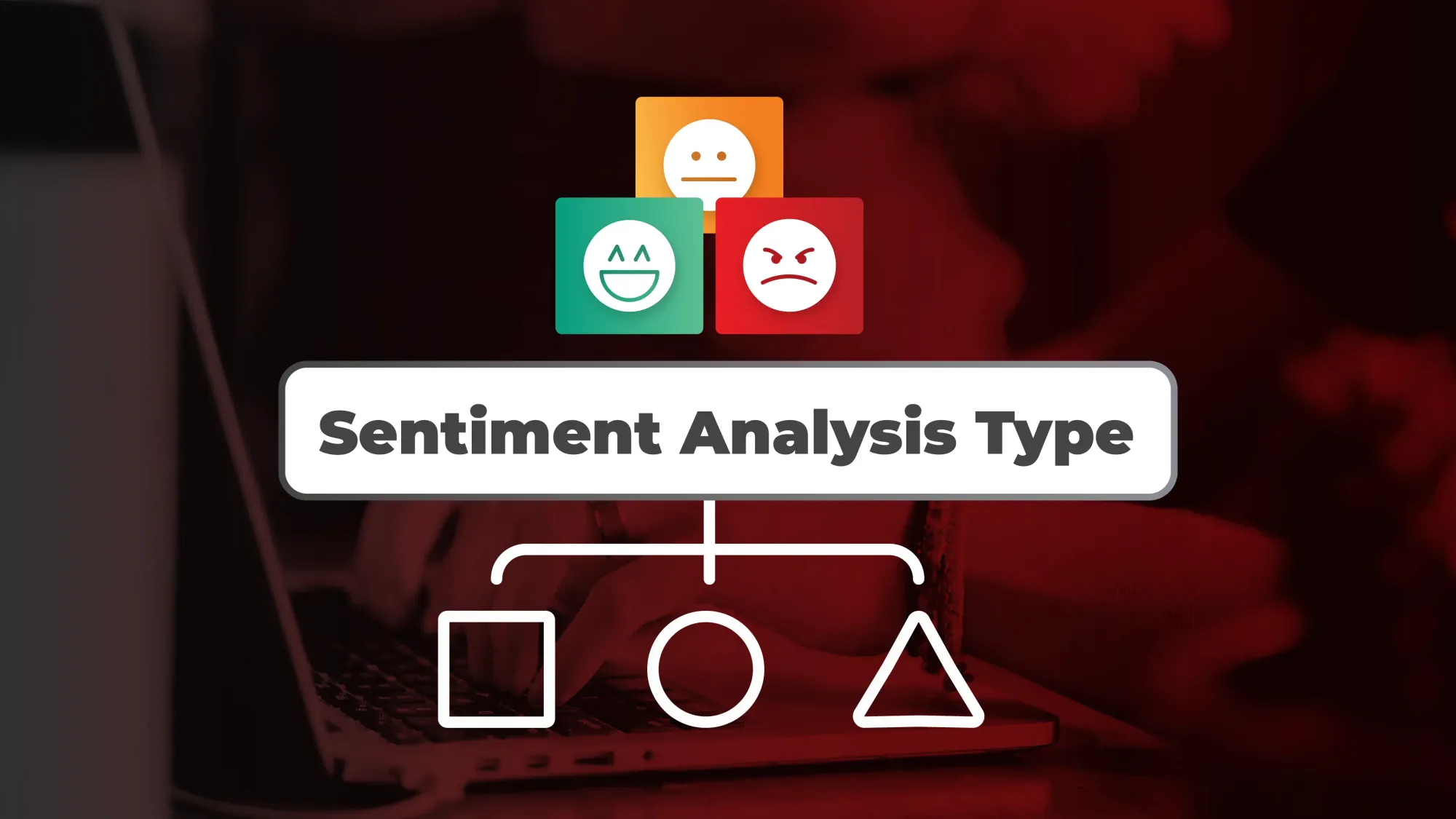It's crucial for businesses to understand customer feelings for their business growth. Today, businesses can utilize sentiment analysis to identify and understand emotions experienced by customers.
However, before that, you need to know the differences between types of sentiment analysis, as these various types are distinguished based on their level and intended objectives.
In this article, you will learn about different types of sentiment analysis used in understanding customer perspectives.
4 Main Types of Sentiment Analysis to Understand Customer Opinions
Different types of sentiment analysis serve different purposes. The 4 main types include:
1. Fine Grained Sentiment Analysis
Fine-grained sentiment analysis is the most commonly used type for measuring public emotions on the internet. This type works by grouping text into emotional levels, then all these emotions are accumulated and assigned values. These values are then categorized into various classifications such as negative, neutral, and positive.
Example: We apply a category scale from 1-5, then reviews and public opinions are analyzed and accumulated. If the total falls into rank 5, the word is categorized as "very positive," while if it falls into rank 1, it's categorized as "very negative."
This approach is suitable for monitoring customer satisfaction or disappointment levels more specifically and accurately. This type of sentiment analysis is commonly used in product reviews, customer feedback, and user experience surveys.
2. Aspect Based Sentiment Analysis
Aspect based sentiment analysis focuses on grouping opinions within text based on specific aspects or features of a product or service.
Remember that each customer has different opinions and assessments of specific aspects of a product or service. Aspect Based Sentiment Analysis has the task of identifying which parts of the product are liked and which need improvement.
Example: "The food is delicious, but the service is slow." Aspect based Sentiment Analysis will separate the "positive" sentiment toward the food and "negative" sentiment toward the service.
With this aspect-based analysis, you'll gain clearer insights into what influences customer satisfaction with your business's products or services.
3. Emotion Detection Sentiment Analysis
Customer opinions aren't only categorized as positive or negative, because there are emotions behind every word expressed by customers, whether it's happiness, sadness, anger, or disappointment.
By identifying emotions contained in the text, you don't just rely on negative and positive categories, but you can understand more deeply the emotions customers feel when writing those opinions.
4. Intent Sentiment Analysis
Every comment posted on the internet has an underlying purpose. This type of sentiment analysis can distinguish and determine the purpose of these comments, such as giving compliments, asking questions, or submitting complaints about products or services offered.
This type of sentiment analysis is useful for helping prioritize responses based on purpose by understanding the intent behind the comments.
Conclusion
Each type of Sentiment Analysis has different advantages and purposes. To choose the right type of Sentiment Analysis, ensure it aligns with your business's main objectives in utilizing customer opinions.
With the right choice, your business will understand what customers think and feel about your products and business. The insights gained will also assist in data-driven decision making.

Gain New Insights by Listening to Your Customers!
With over 11 years of experience in driving Digital Transformation, KLIK Group is ready to help you implement AI-based Sentiment Analysis solutions designed according to your business needs.


RELATED POST
Behind the Scenes of Sentiment Analysis: The Collaboration of ML & NLP
Dec 17, 2025
Infographic: Utilization of Sentiment Analysis for Social Media
Nov 28, 2025
Key Success Factors of Sentiment Analysis
Oct 23, 2025